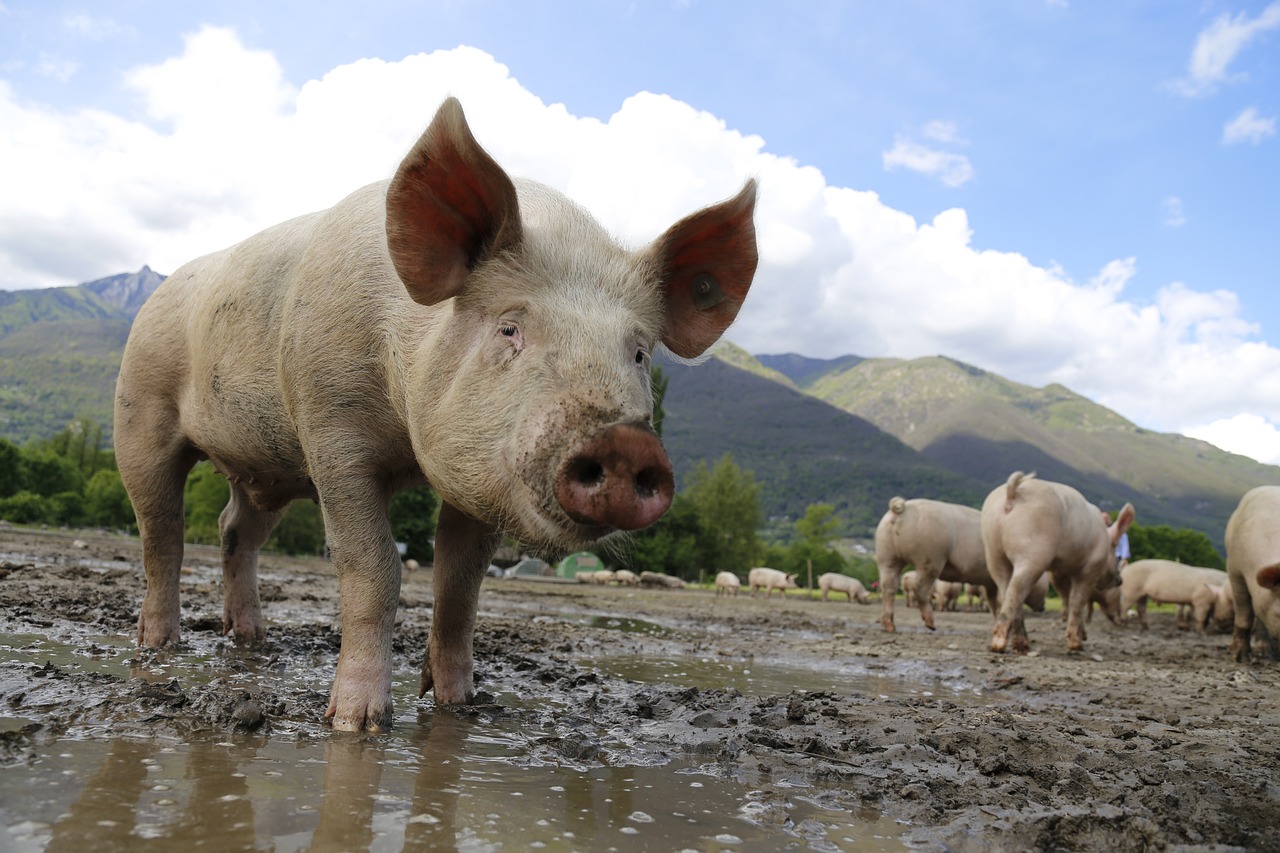
Let’s be honest—feeding pigs is expensive. For many Kenyan farmers, feed alone eats up over 60% of the total pig farming budget. But what if we told you there’s a smarter, cheaper way? Yes, you can actually feed pigs with market waste in Kenya—and still raise healthy, fast-growing pigs.
At Mkulima Jovial, we believe in practical farming solutions. If you’re near a market or vegetable shed, this could be your golden opportunity to lower costs and boost profits.
Is Market Waste Safe for Pigs?
Short answer: Yes—but with a few precautions.
Market waste includes leftover fruits, vegetables, peels, leafy greens, and sometimes unsold food. These can be a great alternative to expensive commercial feeds—as long as you prepare and mix them correctly.
✅ Think bananas, cabbage leaves, tomatoes, sweet potato vines, mangoes, pumpkins, pawpaws, and even ugali scraps.
Benefits of Using Market Waste
Why should you consider it?
-
It’s free or very cheap – Most markets just want to dispose of it
-
Reduces feed bills by up to 50%
-
Environmentally friendly – Less waste in dumps
-
Easy to find in towns and trading centers
Feeding your pigs this way can make your farm more sustainable and affordable—especially during tough times like drought or price hikes.
How to Feed Pigs with Market Waste in Kenya (Step-by-Step)
1. Collect from Clean, Reliable Sources
Visit your local market early in the morning or late evening. Talk to vendors—many will gladly give you waste for free or at a small fee.
⚠️ Avoid garbage bins or areas where waste has mixed with plastics or chemicals.
2. Sort the Good from the Bad
Not everything is fit for pigs. Sort out:
❌ Rotten, moldy, or smelly waste
✅ Fresh peels, trimmings, and overripe fruits
3. Boil or Ferment the Waste
This is very important!
-
Boiling helps kill bacteria, worms, and harmful organisms
-
Fermenting (letting it sit covered for 2–3 days) makes it more digestible and nutritious
You can boil market waste with water, cassava peels, or maize bran for a balanced meal.
4. Mix with Other Feeds
For the best results, mix market waste with:
-
Maize bran
-
Soybean meal or fishmeal (if affordable)
-
Mineral blocks or salt licks
-
Clean water always!
📌 Pigs need protein and energy—market waste alone isn’t enough for fast growth.
5. Feed in Portions and Watch Growth
Start small and observe. Gradually adjust quantities based on how your pigs respond. Keep their feeding area clean and dry to avoid disease outbreaks.
Mistakes to Avoid
-
Feeding raw or spoiled waste
-
Giving only market waste with no protein source
-
Using waste with plastics, chemicals, or rotten meat
-
Ignoring clean water supply
What Successful Farmers Say
Many small-scale pig farmers across Kenya are now turning to market waste to reduce feed costs. Those in towns like Kisii, Meru, Machakos, and Nakuru swear by it—especially during dry seasons.
And the best part? Most report faster weight gain when they combine boiled waste with local supplements.
Final Word from Mkulima Jovial
If you’re serious about pig farming but want to stay on a budget, learning to feed pigs with market waste in Kenya could be your game changer. It’s practical, cost-effective, and sustainable—especially for farmers near local markets.
At Mkulima Jovial, we’ve got your back with:
-
Affordable mineral blocks
-
Dewormers and feed supplements
-
Easy-to-clean pig feeders and waterers
-
Step-by-step farmer guides
Let’s help you turn waste into wealth—one pig at a time.
